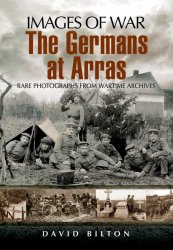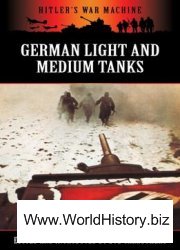During the spring of 1944, as part of general preparations for the invasion, Spitfires, Mosquitoes, Mustangs, and Lightnings of Allied reconnaissance units flew many hundreds of sorties over France and Belgium. Their cameras took tens of thousands of photographs which revealed details of the German coastal defensive system running from Holland to the Spanish frontier. Most of the photographs were taken from medium and high altitude, and showed the targets vertically, from above. Additionally, low-flying aircraft fitted with sideways-looking or forwards-looking oblique cameras took close-ups of important objectives. Aircraft flew high-speed runs over the beaches at low altitude, taking photographs for the coxswains of landing craft and platoon commanders to show the appearance of their objectives as seen from the seaward approaches. It was vitally important that the aerial activity should not betray the invasion area, so for each sortie flown over western Normandy three were flown over the Pas de Calais.
Also at this time, fighter-bombers set about the important task of knocking out radar stations along the French and Belgian coasts. During the ten-week period prior to the invasion. Typhoons, Spitfires, and Mosquitoes of the RAF 2nd Tactical Air Force flew nearly 2,000 sorties against radar sites. These targets were well defended, and on occasions the attackers suffered serious losses. But by June 5 the fighter-bombers would have put out of action all but 16 of the original 92 sites and left no radar fully operational overlooking the invasion area.
During this phase, medium bombers of the 2nd Tactical Air Force and the US 9th Air Force carried out systematic attacks on transportation targets. Following a careftdl analysis of the railway system in northern France, Prof Solly Zuckerman devised a clever plan of attacks that would isolate Normandy while giving the impression that the invasion would take place somewhere in the Pas de Calais area (the “Transportation Plan”). A total of 72 specific objectives were singled out for attack; 39 in western Germany and 33 in France and Belgium. The targets included railway junctions, marshaling yards and rolling stock repair shops. Fighters and fighter-bombers flew over the rail network shooting up the rolling stock with the aim of clogging the repair system with damaged units. By the beginning of June, of 2,000 steam locomotives that had been available in northern France and Belgium, 1,500 had been immobilized as a result of direct air attack or lack of maintenance.
The US 9th Air Force also delivered concentrated attacks on bridges and airfields. By June 5, of the 24 bridges over the Seine between Paris and the sea, 18 had been destroyed and three were closed for repair. Also, during the final six weeks prior to the invasion, 36 Luftwaffe airfields in France, Holland and Belgium were attacked.




 World History
World History









